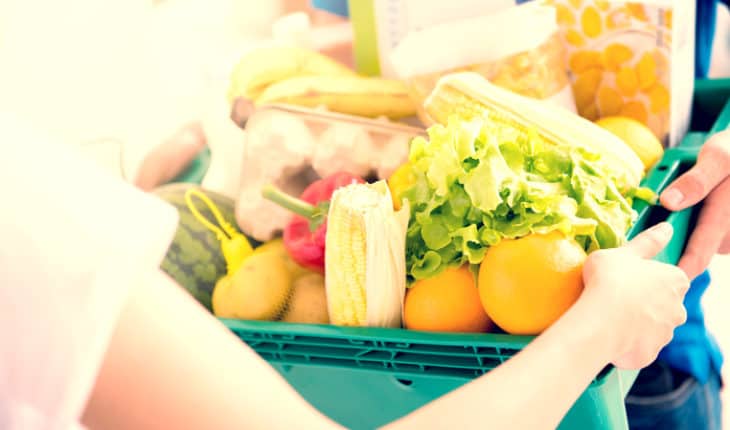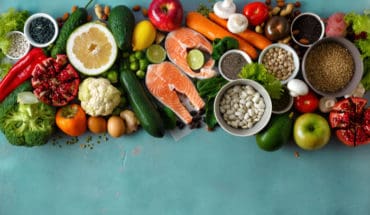Urgent need for National Disaster Food Relief Strategy: Western Australian-developed tools to map the suburbs most affected by food stress and determine what foods should be supplied were key to providing relief for those in need during crises, particularly the COVID-19 pandemic, a Curtin University study has found.
The study found agencies which used two tools- a novel Food Stress Index (FSI) and the Food Basket Recommendations (FBR)- were able to provide emergency food relief more effectively, even during COVID-19 lockdown periods.
Similar to rental stress, the Food Stress Index predicts the likelihood of household food insecurity by geographic location and basic and nutritious Food Basket Recommendations quantify the types and amounts of food required to meet dietary recommendations for the different family types.
Lead researcher, Associate Professor Christina Pollard from the Curtin School of Population Health said the success of the food relief tools highlighted the urgent need for formalised Australia-wide food assistance guidelines for disaster management.
“Food insecurity is a pressing issue, exacerbated with the COVID-19 pandemic and natural disasters. Food supply interruptions and the need to physically distance came into play at the same time last year,” Professor Pollard said.
“Our study explored how food relief organisations who used the tools during the Victorian bushfires, also used them to manage food supplies during the COVID-19 restrictions.
“The Framework was perceived as a critical mechanism that facilitated a whole-of-community response involving the private sector, public sector and third sector (non-government organisations, not-for-profits), to deliver food supplies to where they were needed most in a time of high uncertainty.
“The absence of national food relief guidelines is becoming increasingly problematic as the frequency of climate change-induced natural disasters such as floods, bushfires and cyclones increases, along with COVID-19 related lockdowns.”
Co-author Dr Sue Booth from Flinders University said interviews conducted with members of the WA Food Relief Framework between July and August last year, revealed that these considered the Food Stress Index a ‘game changer’.
“In the case study interviews it wasn’t long before people were singing the praises of food stress index tools – this, along with enthusiasm for the interagency collaborations, transformed the way they were able to respond,” said Dr Booth.
Professor Pollard said making these prototype tools freely available across Australia should be a national priority.
“Our research has shown that these tools and formal food relief collaborations work. It’s now up to policy makers to develop a National Disaster Food Relief Strategy so that nutritious food can be provided quickly and efficiently to our most vulnerable communities,” Professor Pollard said.
The full paper titled ‘Using the Food Stress Index for Emergency Food Assistance: An Australian Case Series Analysis during the COVID-19 Pandemic and Natural Disasters’, was published in the International Journal of Environmental Research and Public Health and is available online here.
- The da Vinci 5 Robot Is Set To Transform Bariatric Care: - 31st March 2025
- Beyond money: the hidden drivers fuelling child food insecurity - 31st March 2025
- Tobacco and Vapes Bill - 31st March 2025






